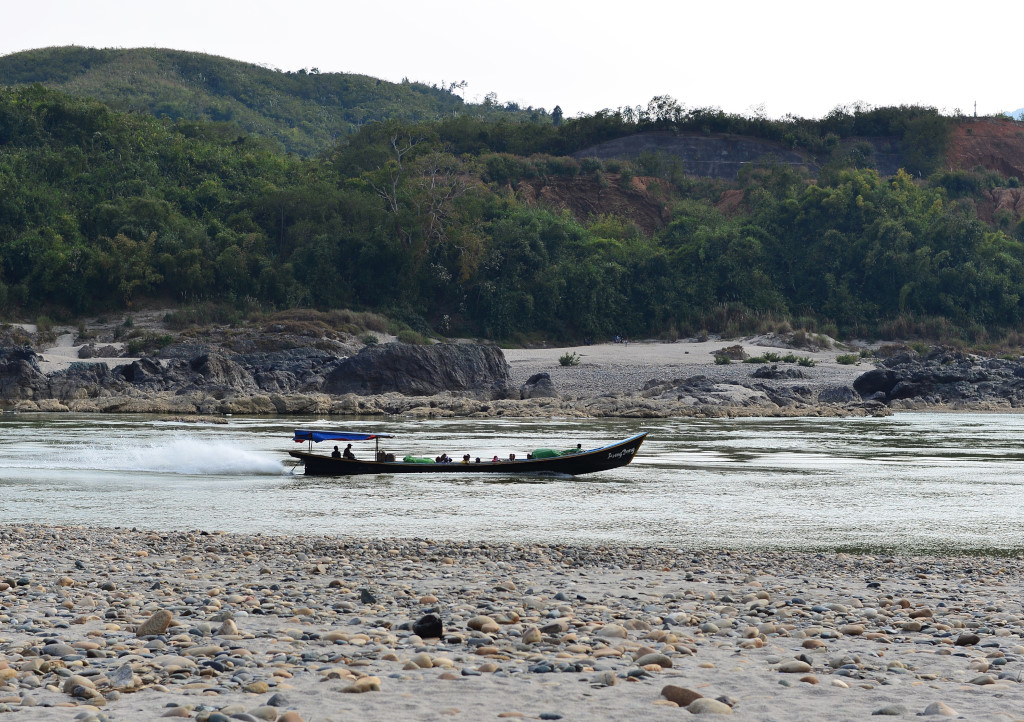February 19th, 2015

There is only one other young local in the breakfast room, this hotel definitely not being the place potential visitors are rushing off to. As long they can get a handle on the loud raucous chain-smoking Chinese visitors, perhaps it would be a more inviting place.
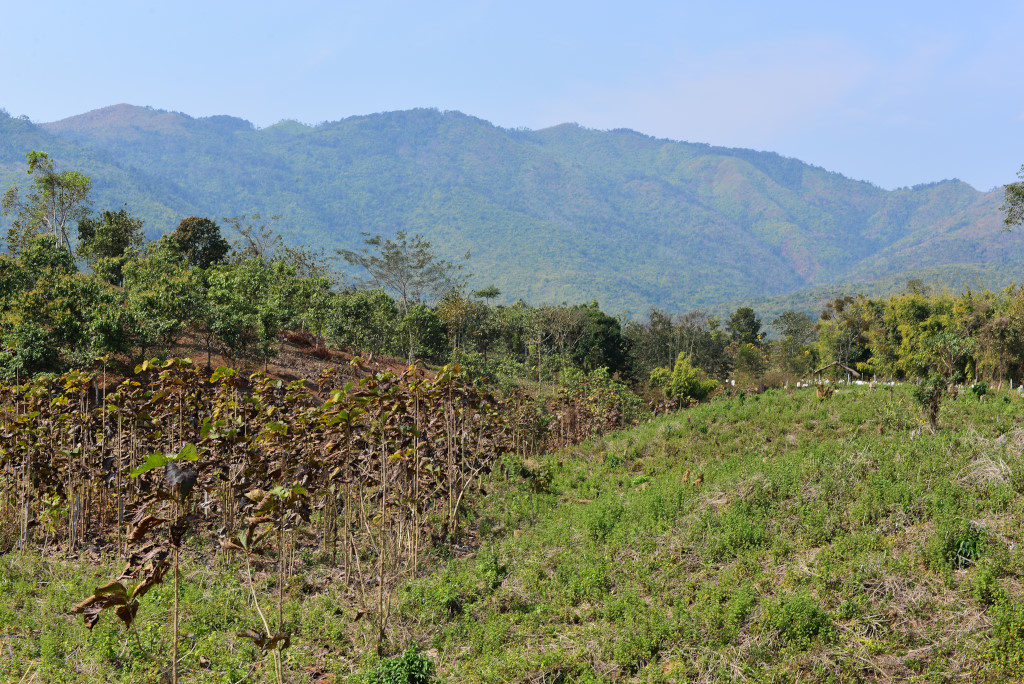
My first stop must be the Immigration department, somewhere behind the YMCA, located next to the Yangon airlines office adjacent the railway tracks that I dropped by on my first day here. I anticipate a bit of a nightmare dealing with the officials, but nothing of the sort arises. The older official looks up at me reluctantly, although not with resentment. ‘Hey, I know you from somewhere!’ isn’t much of an opening line, but I don’t think he understands me anyway.

‘No’, he tells me resignedly, ‘you do not need a permit to visit Myit Sone’, his younger colleague looking at me all the while with a dazzling smile, the English-language Nat Geo channel blaring on a TV in the background. I wouldn’t be surprised that local officials are resentful about the fact that they don’t speak very much English, knowing full well that as their country opens up, those with English skills will be better positioned to market themselves to the oncoming onslaught of tourism, already being witnessed in the major centres.
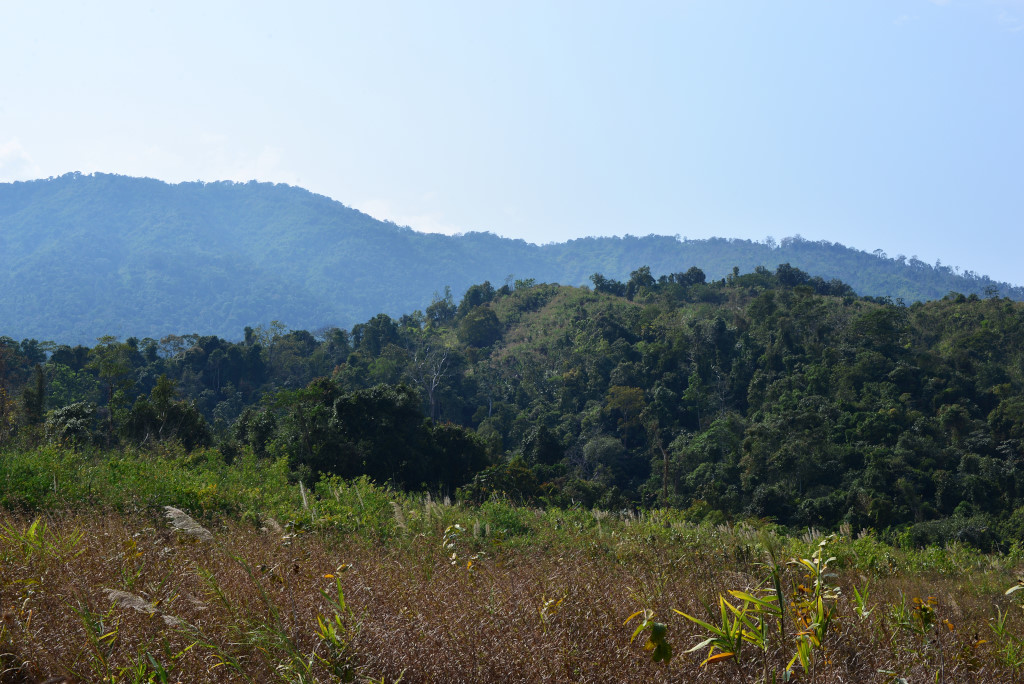
I careen up to the seated demure employee at the YMCA I had spoken with yesterday, warning her of my impending return, then continue on to the Hotel United to try my luck with the ever-dodgy internet. The receptionist breezily acknowledges my request to use the internet, and just as she said, it is very spotty, the connection continually coming and going.
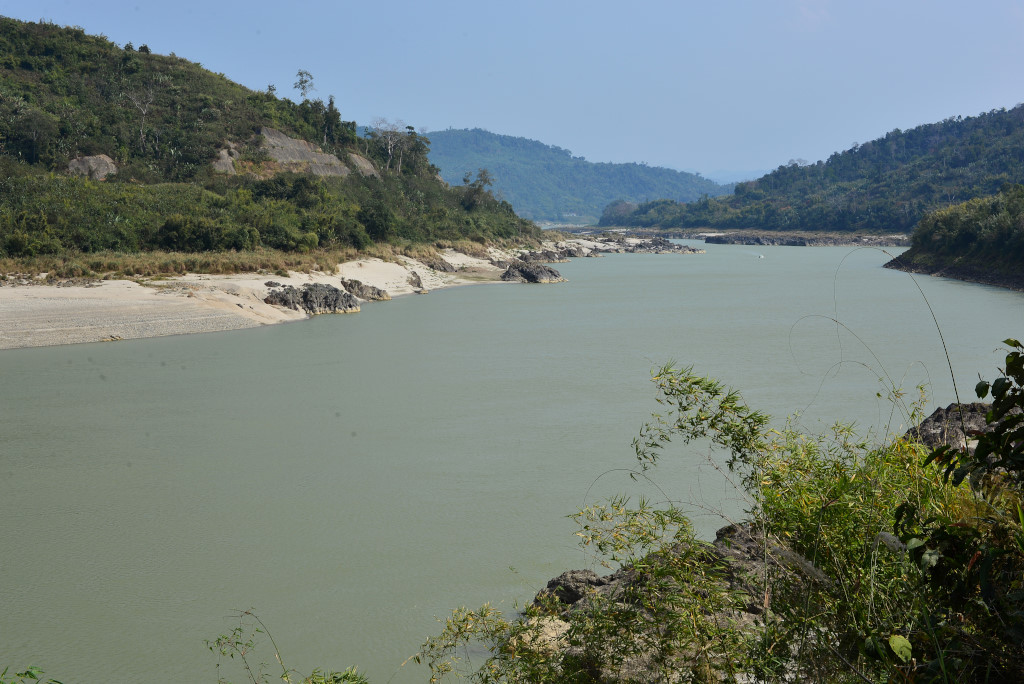
A long conversation ensues with one of the Kachin workers at the YMCA, who has little patience for the Burmese government. It would be hard to imagine many here with much love lost for the brutal military government, but surprisingly, even the worst dictatorships will garner support from some vested interests and the most conservative elements who value stability above all. Witness the popularity of Stalin in Russia! Then Myitkyina looks like it has loads of money, largely benefiting from its proximity to the Chinese border.
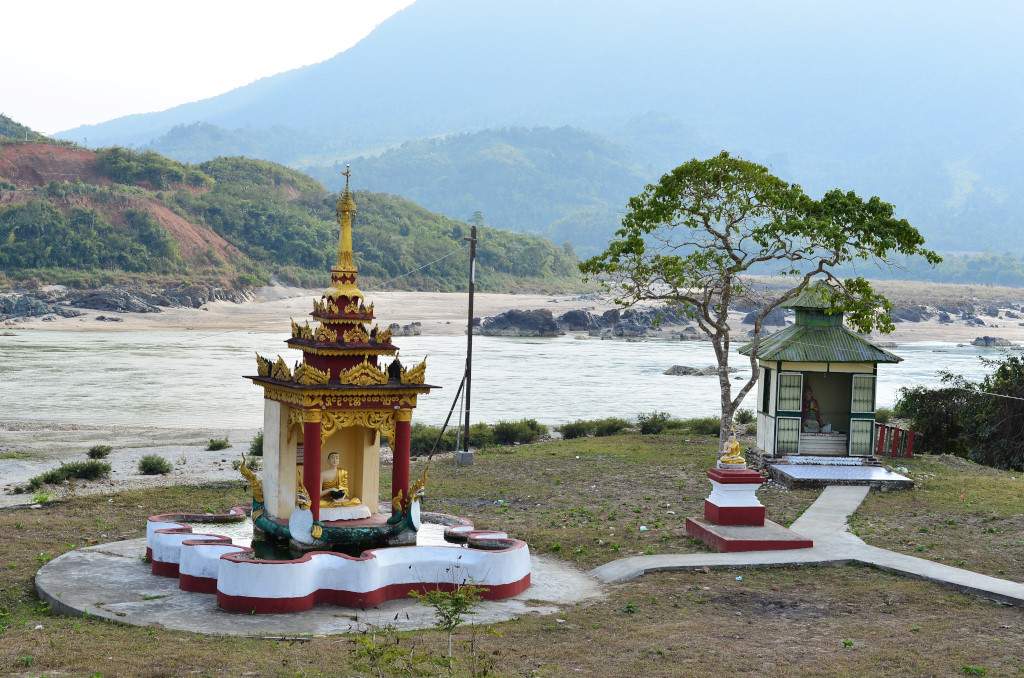
The government made commitments to the peace process, but then obliged the Kachin people to all manner of completely unreasonably concessions. Even Aung San Suu Kyi came here and offered the people very little support – not surprisingly, since her commitment is to the Burmese people and Myanmar, support for tribal autonomy ultimately undermining the stability of the country. In fact, she ironically comes from an army background, and her fabled father was considered the creator of the modern Burmese military.
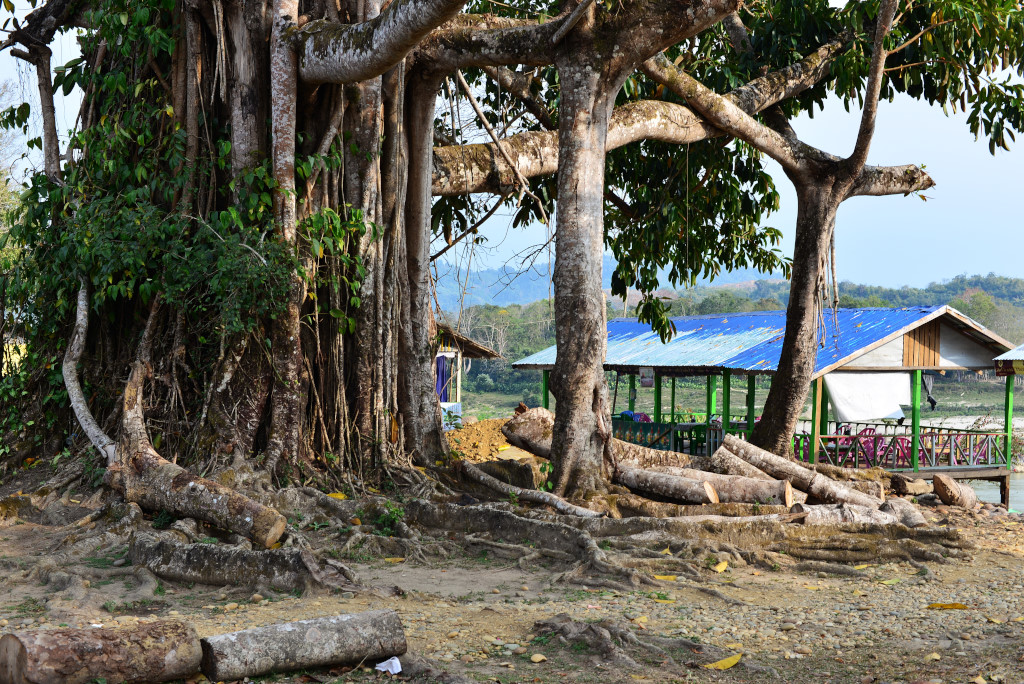
Myanmar is in the unfortunate position of having very large minority groups, unlike most countries with tribal cultures that are relatively insignificant in number, and hence can be effectively be swept to the side. National governments of even the most progressive countries will only at best pay lip service to the larger minority cultures, since their desired autonomy will invariably collide with the priorities of the nation state. It’s easy to point fingers at the Burmese military, but the government of any country would be as inimical to reconciling with large tribal groups wanting independence.
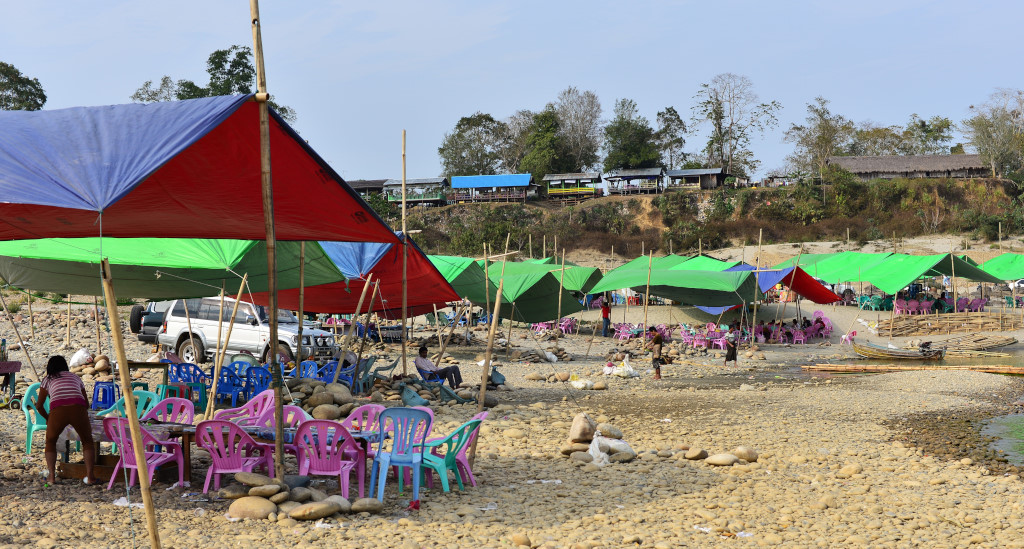
He is surprised at the fact that I will be riding out to Myit Sone wearing nothing but a T-shirt and shorts – while the locals are swathed in heavy jackets. For me this is perfect weather. The old Chinese motorcycle he offers me is a bit more complicated, what with the pedals used to switch gears, a hand brake for the front wheel and pedal for the rear brake, having to gear down prior to stopping, although I don’t think the gear selection works anyway.

I will figure it out, but as it turns out I will be facing other more important challenges during the trip. At least there will be no immigration stops on the way – the military just seems there to harass people unnecessarily. I describe yesterday’s humorous experience – half those men working for Immigration probably hate their jobs and coworkers anyway.

The first half of the journey takes place on flat terrain, the hilly terrain gradually rising as the asphalt road changes to a cement road. The road weaves increasingly into the hills, the landscape more verdant although selectively hacked back, presumably by the Kachin locals extracting the necessary wood and other resources, preparing land near their small compounds for planting.
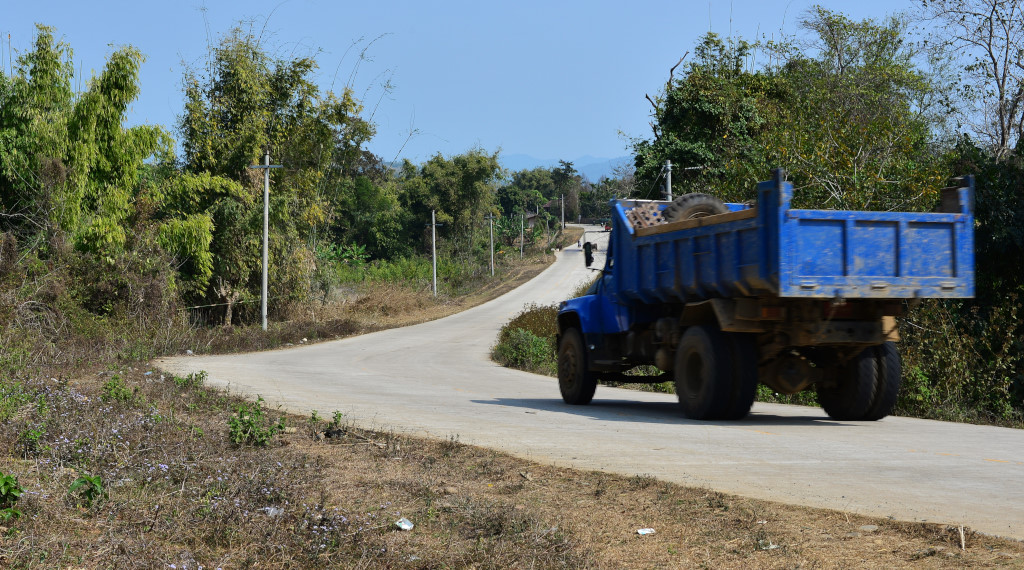
The Kachin houses are one or two stories in height, bamboo siding woven into geometric patterns, the upper levels with relatively large verandahs, with thatch roofing. The only embellishments on the otherwise dour woven bamboo huts are the crosses whose white colour stands out against the brown. Houses are arranged almost randomly next to each other, but never in large numbers.

Children play erratically on the compounds, younger women attending seriously to their tasks, often carrying large woven bamboo baskets on their backs, chalk-faced elegant beauties, this far away from anywhere the waving and shouting of greetings being almost universal. Churches however humble abound, with no Buddhist temples in sight. Colourful gravestones uniformly emblazoned with crosses lie scattered across impromptu graveyards on the embankments rising above the road.
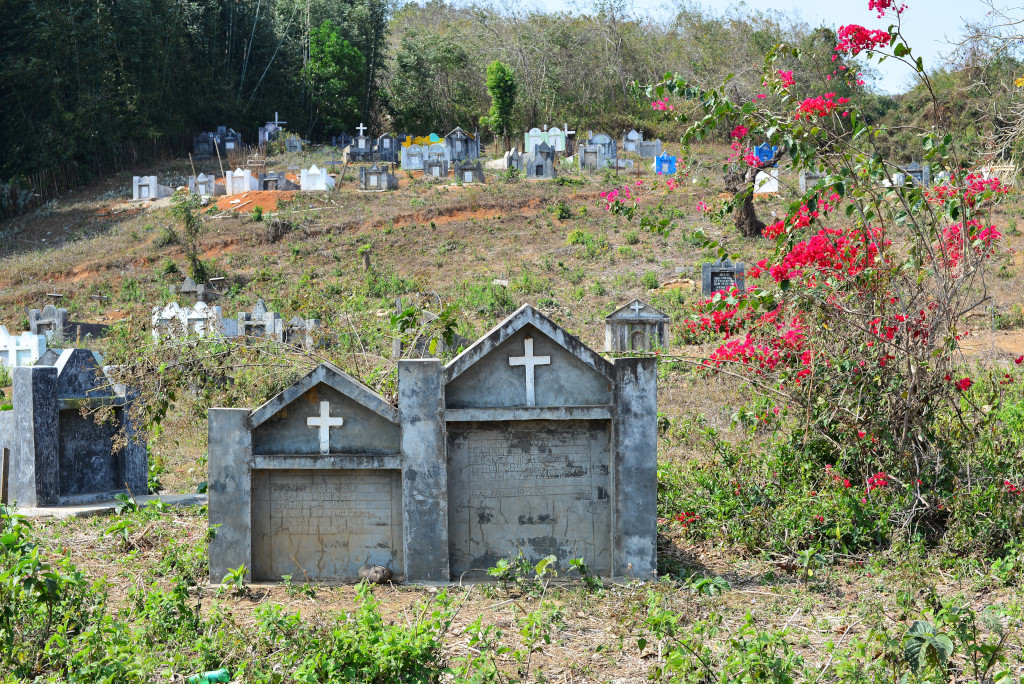
Other than the odd motorcycle with some heavily swathed riders, local traffic is limited to the larger bright blue visibly aged trucks and their more modest counterparts, small red pickups with an attached motorcycle in place of a cab. As the road weaves into the serpentine of green around me, I am struck by the beauty of the landscape, the topography and green lending a drama to the environment that the flat parched plains to the south would match with difficulty.
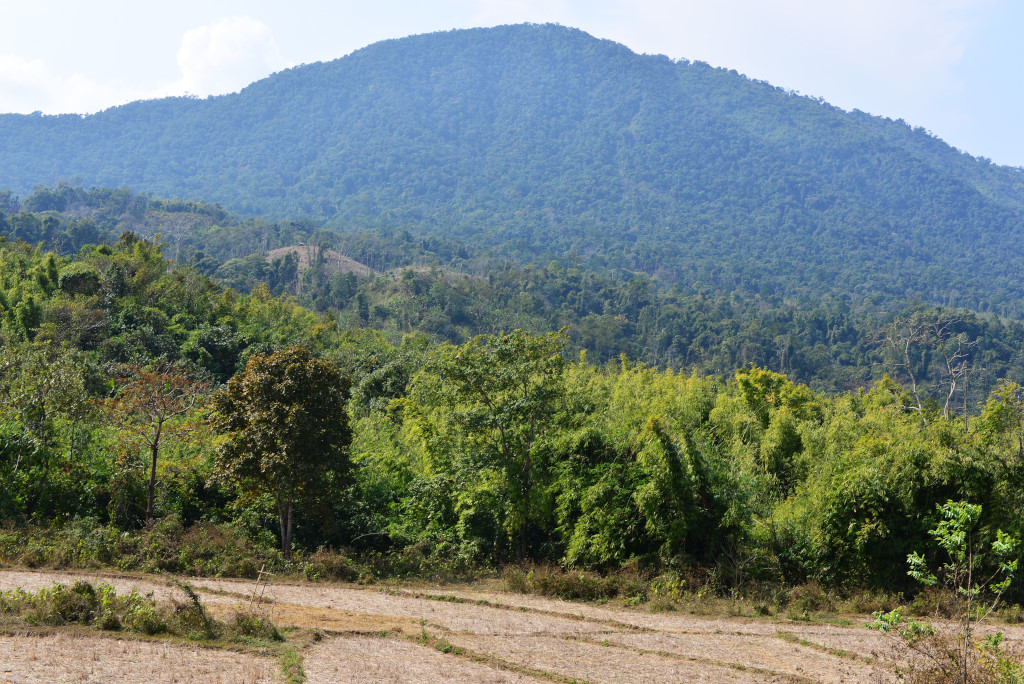
Sadly, the photos I take of the landscape come out in predictable greys, the human eye far better at discerning colours through the haze than the lens of a camera, however good my camera may be. I am recognized as a foreigner due to my size, garnering surprised looks to effusive greetings, others looking in concern at my flattened front tire.

Some 15 kilometres into the trip I look at the front wheel and realize why the bike has seemed to be swimming on the road and somewhat unstable – the front tire is entirely flat. The tire must have gone flat within a handful of kilometres from town, which would suggest that the tire was flat at the YMCA, probably just pumped up and passed on to me, without anyone checking the tube.
I really don’t appreciate that, considering the terrible bicycle I was given for an inflated price yesterday. And outside of town there are only the most modest settlements for miles around, on rare occasion stands selling bottles of petrol, and no indication of any kind of workshop that the streets of Myitkyina are littered with.
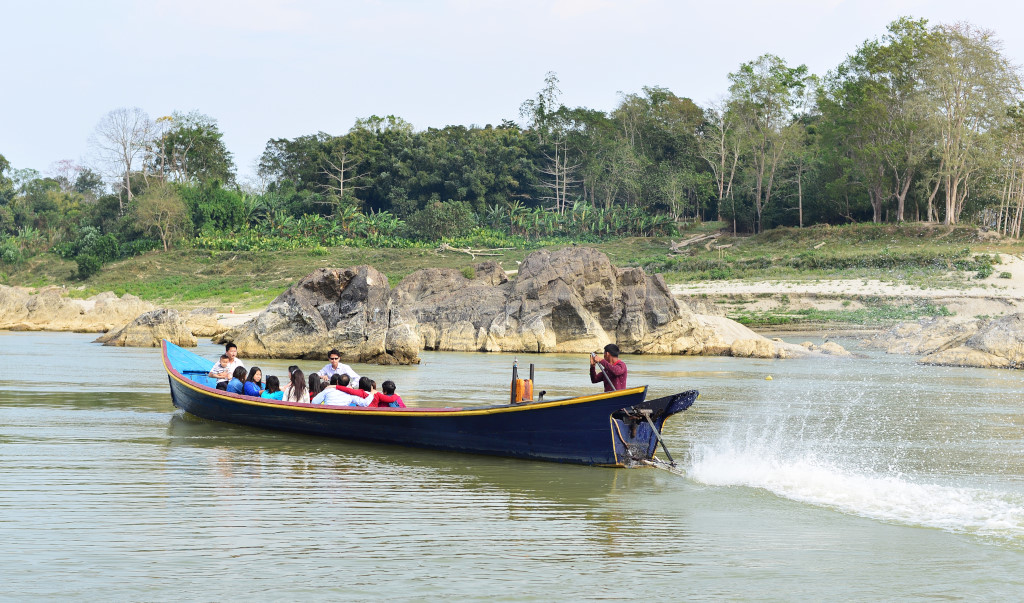
I pull up to one thatch shack and the owner quickly tosses me a bike pump, then returns inside to take a phone call. Eventually he returns, shaking his head as I try inflating the tire futilely – the nozzle doesn’t match the tube receptacle, so obviously it won’t work. He motions to me that Myit Sone is too far away, and I need to return to Myitkyina to have this dealt with, although what he is probably trying to tell me is not that Myit Sone is that far away, rather, that there would not be any work shop of any sort, because Myit Sone is nothing more than a sort of beach camp.
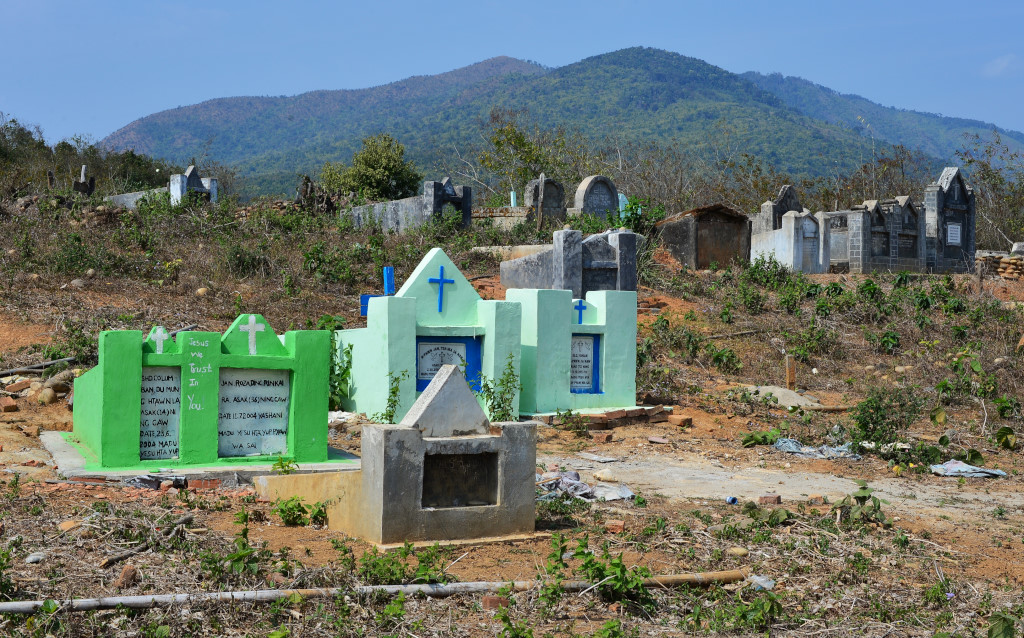
I would be quite upset to have to return all the way back to Myitkyina, and although I have no idea how long I can safely ride this motorbike without destroying the wheel or endangering myself, I decide, probably against better judgment to continue northwards. On one hand, it’s not my bike, but I am already deep into the Kachin countryside, some distance from Myitkyina. There are quite a few of the smaller red motorcycle trucks and larger blue trucks plying the road, so I suppose at the worst I could just gesticulate stupidly to get a lift back to town. But all around this is incredibly annoying and reflects very badly on the YMCA staff. I keep riding slowly for some distance, my displeasure offset by the incredibly beautiful scenery that unfolds before me.
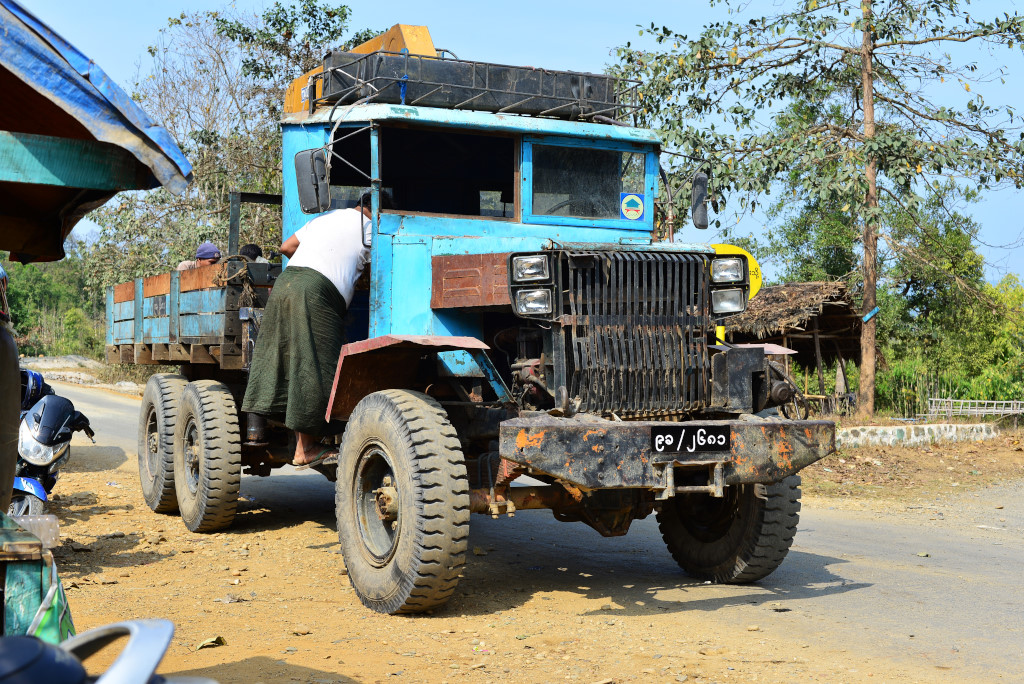
In an amazing stroke of luck, round another rutted bend I spot a set of shacks on the left of the rust-coloured road, a set of motorcycles and an ancient truck in various states of disassembly, a mechanic poring over a set of oily machine parts. He beams at me as I pull in, pointing to the flat tire on the front wheel. Taking hold of the bike, he heaves it back and forth until it reaches the right position, then inserts two large metal keys underneath the rim of the wheel, yanking the edge of the tire out, from inside extracting the intestinal tube onto the ground, quickly spotting a major puncture, spinning the tire quickly to assess its external state to see whether it can hold up.
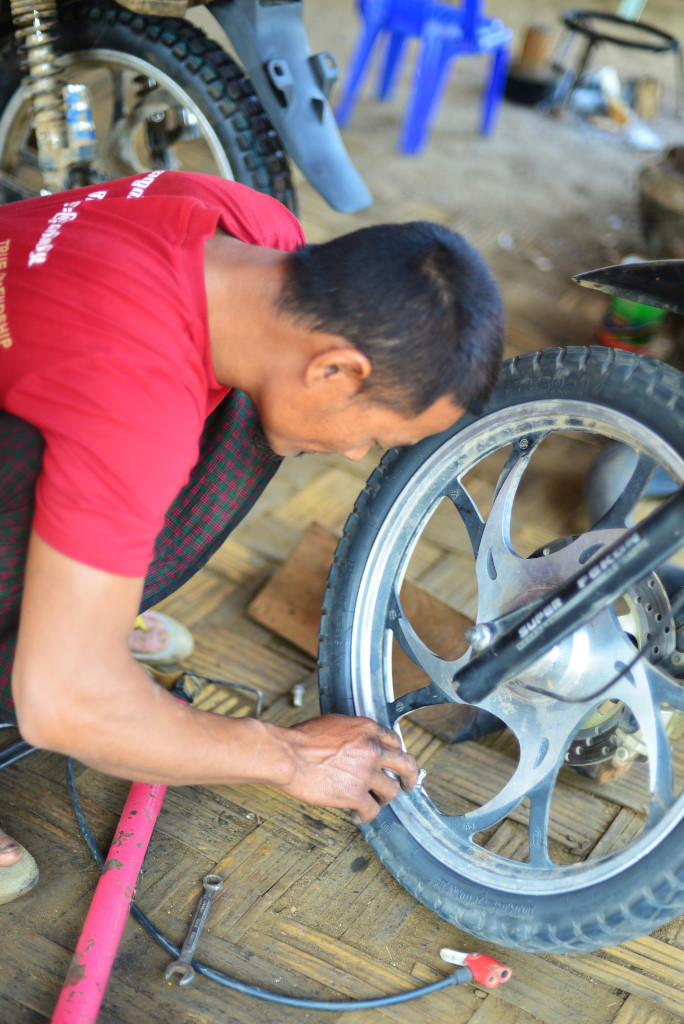
The wheel is removed, then the rim of the tire released over the lip of the wheel. He dexterously spins his hands several times through the inside of the tire, the smile never leaving his face, and once sure that it is clean, he unravels a new tube and seats it around the wheel rim, ingeniously reseating the tire into the rim by standing barefoot on the wheel, pivoting the muscles on this feet back and forth against the tire until the entire tire is perfectly seated back into the frame. He speaks a simple but functional English assembled from watching television, and seems to be in permanently amazingly good spirits as is his sister, his wife somewhat more serious and bright-eyed, and their one-year old son even less taken by his father’s irrepressible humour.
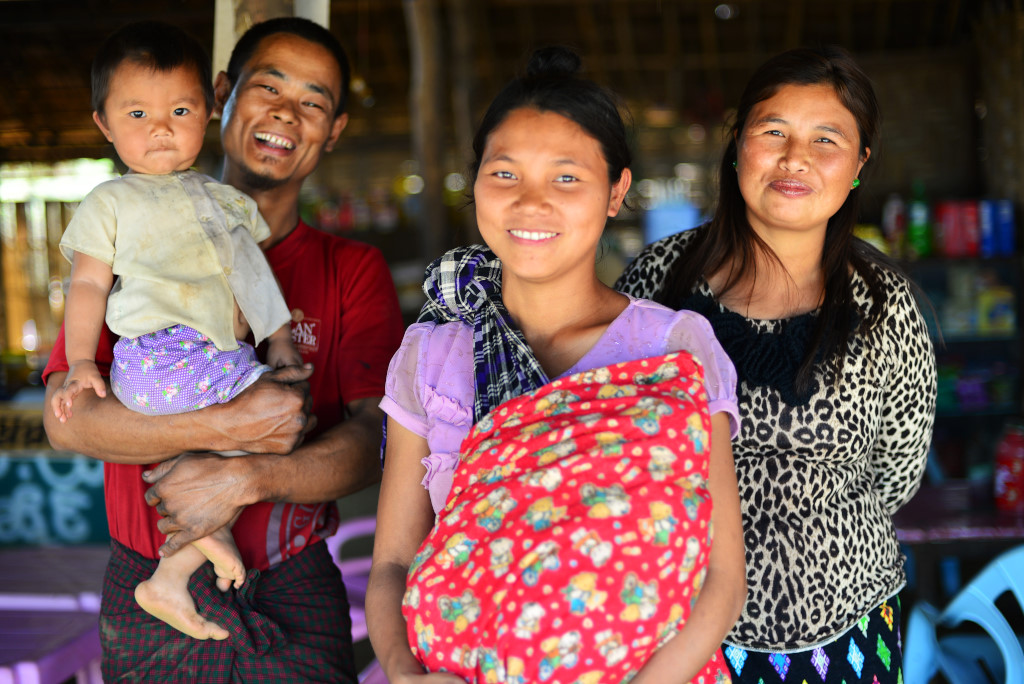
In our simple exchanges, Aung San – who repeatedly tells me this is actually his name – bursts into paroxysms of laughter, his sister following suit while his wife, still holding their swaddled new born looks at us in amazement, the one-year-old altogether unsure. Out of this minor crisis comes an amazing encounter, and once I pay the 3,500 kyat fee, I rumble with new-found vigor along the winding dirt road, the views of the rich tapestry of emerald green and the deep blues of the further hills compelling me to stop and see if I can get a better view at a dirt path that weaves away from the road.
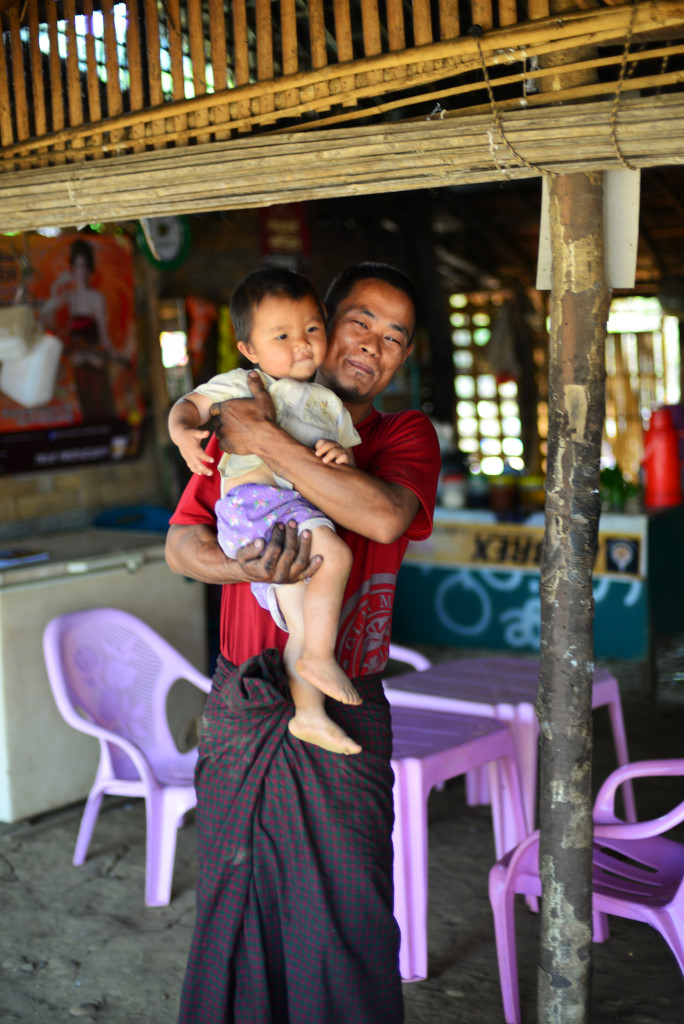
Descending through the heavily cut scrub past pasturing cows, then climbing up to a sandy rise, the boulder-strewn Irrawaddy opens up before me, cutting its jagged path amidst the verdant landscape, guarded by mountainous sentinels sheltered from the penetrating sun glimmering over the waters’ gunmetal surface, its apparent calm revealing eddies and rapid currents as I weave through the fragrant scrub to its sandy shore. The landscape is simply stunning, an incredible discovery, to the point that I would love to stop some of the torrent of cars and motorcycles passing by on the heavily rutted dirt road and have them take in this natural paradise, not realizing that Myit Sone itself is just around the bend.
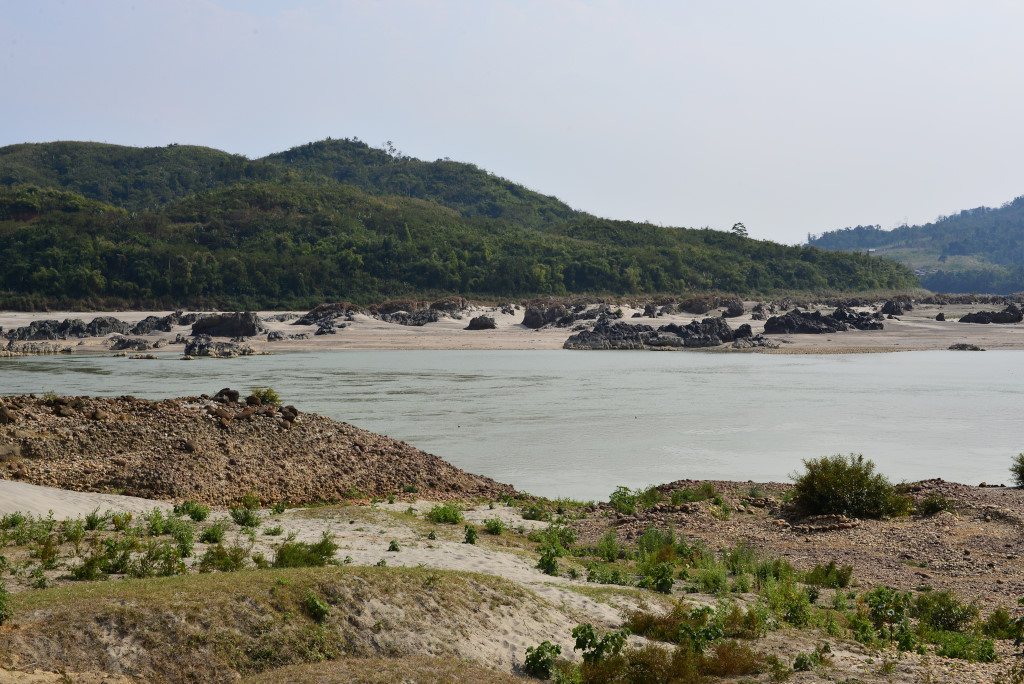
Looking out over Myit Sone, I now understand why I saw such a procession of vehicles on the country road – the place is essentially a low-key resort area for day trippers from Myitkyina, the numbers heavily augmented for Chinese New Years. Thatched restaurants line the cliff above the river junction below, impromptu colourful canvass-covered eateries erected on the rocky river bank below, undoubtedly bleeding a lot of business from the more formal eateries higher up, as people would want to sit closer to the water.
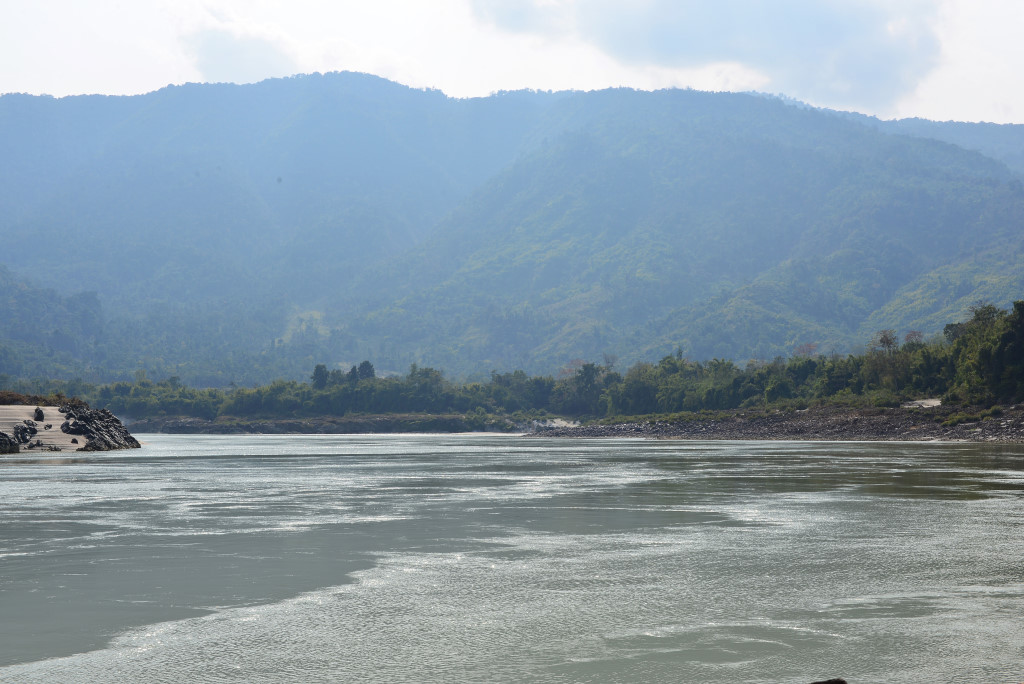
Even though I park at the entrance, next to the small Buddhist monastery, most people drive down towards the river bank where there is very ample parking. Other than the eateries and odd small shops that line the road, this is barely even a settlement, everyone probably clearing out at nightfall, the workers disappearing into the local villages. Many visitors are still present, although it seems the place is pretty much shutting down by the time I arrive.
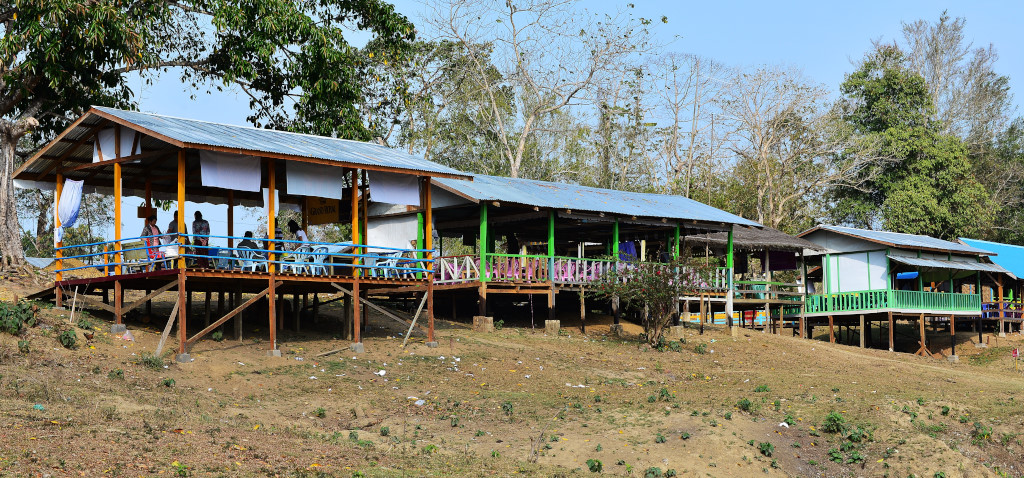
The two rivers that join to create the Irrawaddy are the Mekah, which comes from China, and the Melekah, which comes from the area of Putao. Aung San at the repair shop insinuated that there is a legend behind the creation of the Irrawaddy river, but I couldn’t expect him to explain more than one being a sister and the other a daughter. I am quite surprised that this relatively small river morphs into a much more massive river 45 km to the south in Myitkyina.
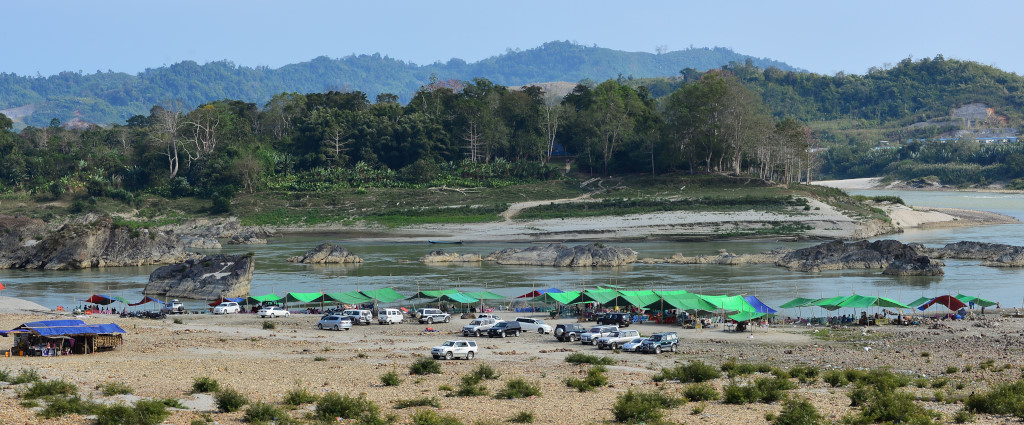
Amidst the tourist reverie, narrow bamboo rafts unload bundles of undulating bamboo, presumably for the purpose of building or renewing the existing compounds. Long boats putter up and down the rivers carrying visitors for a water-borne and more scenic view of the environment, although Myit Sone hardly offers the best views of the hills, the topography in the specific area being more gentle than some distance to the south.
As elsewhere, the scenery would not be complete without the obligatory massive bodhi trees carpeted in lazy tendrils draping off the underlying trees. I have a few dishes of very good Kachin food at one of the riverside eateries, the young owner explaining that the amazing citrus-mushroom flavour I taste comes from the ‘sonteh’ herb they collect in the mountains – could it be the epazote-like herb I noticed earlier on walking down toward the nascent river?
On the way back to town, I am focused on returning as quickly as possible, since the light is falling and it is getting cool. Moreover, I am not sure how cool it can get, and given I am wearing nothing more than a T-short and shorts and am riding a motorbike, it may be worth rushing.
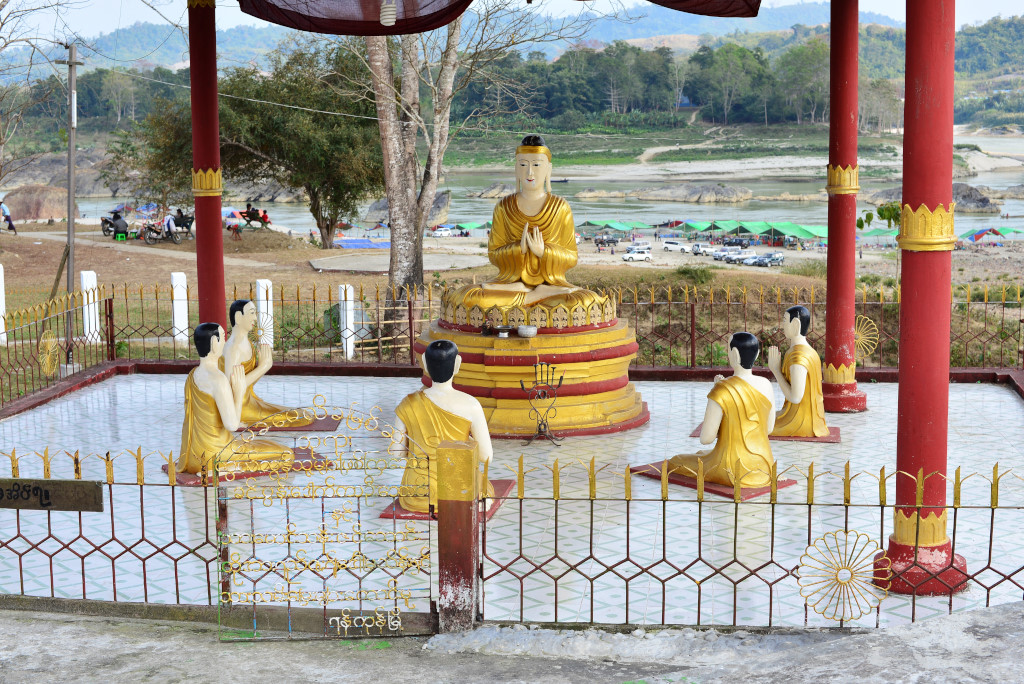
The trip back proceeds relatively quickly, in fact, while I was the slowest on the road towards Myit Sone, I am now flying past every vehicle and motorcycle – I guess it helps to not be riding with a flat tire! I stop occasionally to take some photos, but the light has fallen too far and in any case, I took lots of photos on the way in – I can only hope that they turned out reasonably well as I couldn’t make out the lighting quality on the LCD in the daytime glare. Of course when I check the photos later, all those rich saturated greens and blues come out very greyish, which I love so much about digital cameras and the manner in which they resolve light contrasts, in another words, fairly badly.
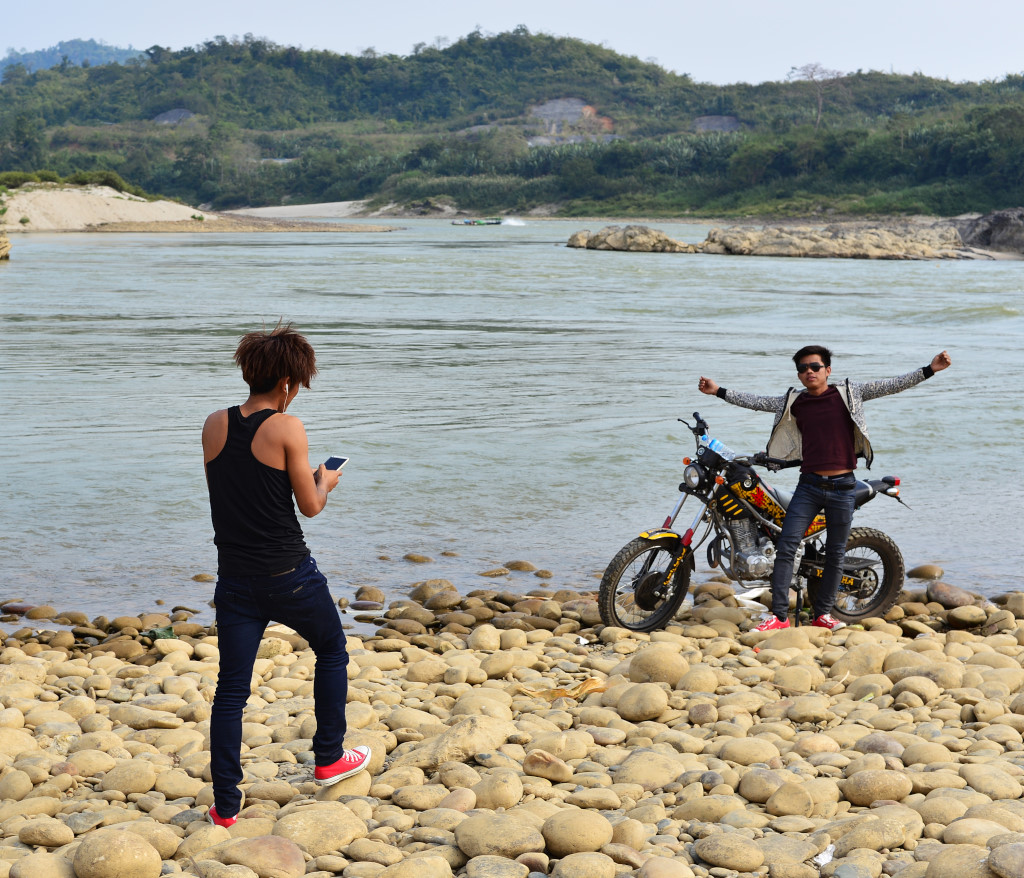
The grey sky harbours rainclouds that burst forth just as I enter town, although I am actually not even sure where I am. Funny that I should get lost here in Myitkyina, although it seems the main road running north/south out of town runs further west from the river and town centre, hence unfamiliar.
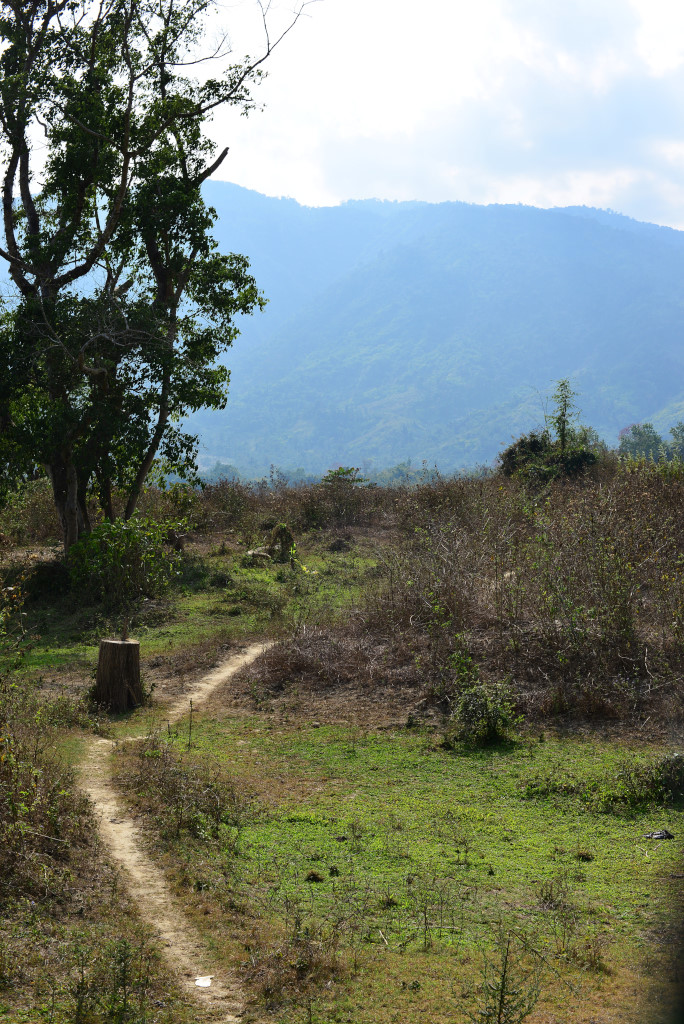
Considering it is still daylight when I get back, I may as well force myself to have one last coffee at the Pizza Korner … I laud the owner at his effort to make this kind of project work, but then he is used to being around and wanting to cater to westerners, as he worked for a Danish NGO once upon a time. Many of the NGO organizations have apparently moved on to greener pastures, and of those that remain, their staff will easily choose to frequent his restaurant, as it is the closest thing to a dining experience they may experience back home. Not that I have seen any westerners here in the last four days in Myitkyina.

Roaming the night market a few blocks from the hotel, the various stands offer a very different view of Burmese food, what with the absence of the typical oily curries and rank fish paste odours. On either side of the stands of the young Moslem women selling Indian-style sweets are vendors of condoms and other sex paraphernalia that is definitely not the first thing you would expect to see on markets in the region. Either people have a lot more sex here or are just very open about it – or the men can’t keep their hands off the very gorgeous women they are surrounded with – because the women here really are stunning.
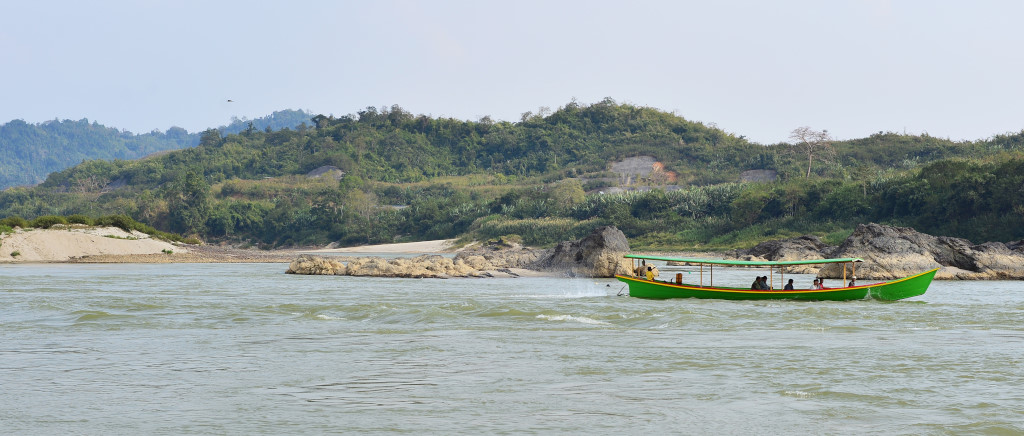
The food vendors seem to feature a variety of plates of what are effectively salads, which seem more reminiscent of Turkish or Spanish food than anything I would imagine as being east Asian. At one stand I try some white fish basted in a mild curry sauce with cilantro, finely diced white onion, cilantro and garlic; a fresh anchovy salad with crushed garlic, finely chopped white onion, cilantro, chili, tomato and some oil; fish roe with a touch of curry, garlic and chopped cilantro, and fresh lima beans in a garlicky tomato sauce.

Three young men approach my table who look like they are in their early high school years, although they are actually in their first year law. It seems students begin law in their first year, as opposed to countries such as Canada, where the law program typically begins following the completion of an undergraduate degree.
They aspire to being judges, which entails some catty and probably inappropriate remarks on my part, given the nature of the Burmese government. I talk to them about English common law versus Roman law and the structure of courts, adding coy remarks about the separation of the judiciary and the state, but I think they are following very little of what I am saying, and getting increasingly frustrated and anxious by the one-way conversation.

We turn to more prosaic subjects, such as how many brothers and sisters they have, what their ethnicity is, and whether they have girlfriends or not. They don’t – and are surrounded by some of the hottest women in Southeast Asia. However, it’s not my place to embarrass them, and beyond a few silly paternalistic comments, more on to other subject matter, but they soon have to go – and I have to return the motorcycle to the YMCA.
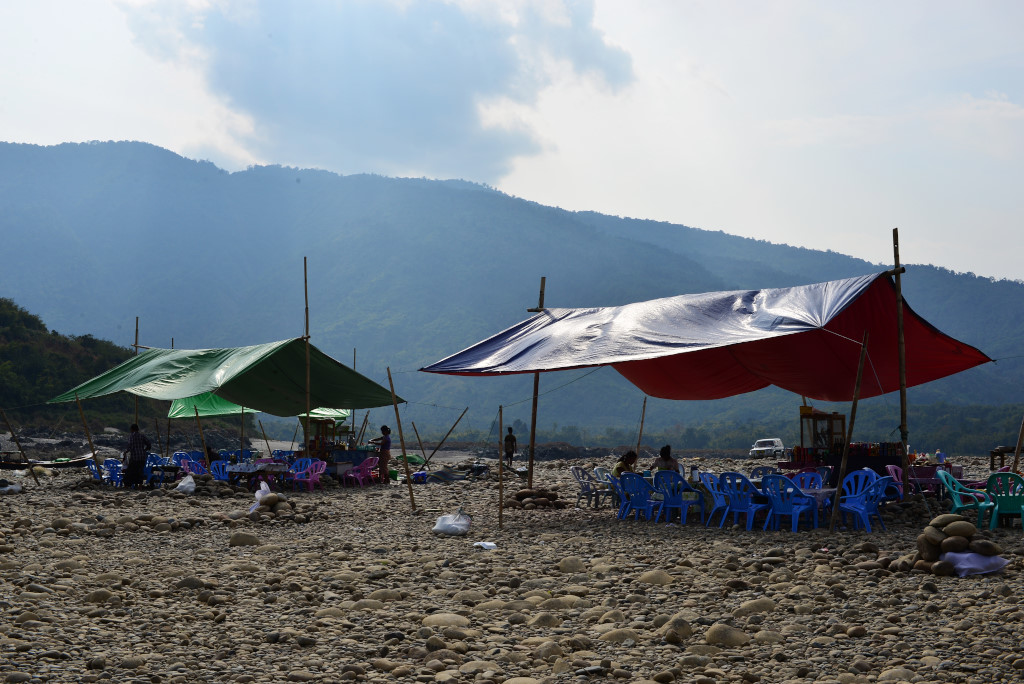
I speak briefly to the same attendant as before, telling him that I went to Myit Sone and how beautiful it was. He tells me there are lots of other beautiful places in the country here but they may be much further away. What’s more, it’s not necessarily possible to visit those places, as the army may block access, even for the locals. Then the youth here is riddled with drug and alcohol addiction, which I find hard to believe, as I see little evidence of it where I have been. He shakes his head – these are problems that beset people in the remote villages in the country, not in the urban areas, so you probably wouldn’t see much.
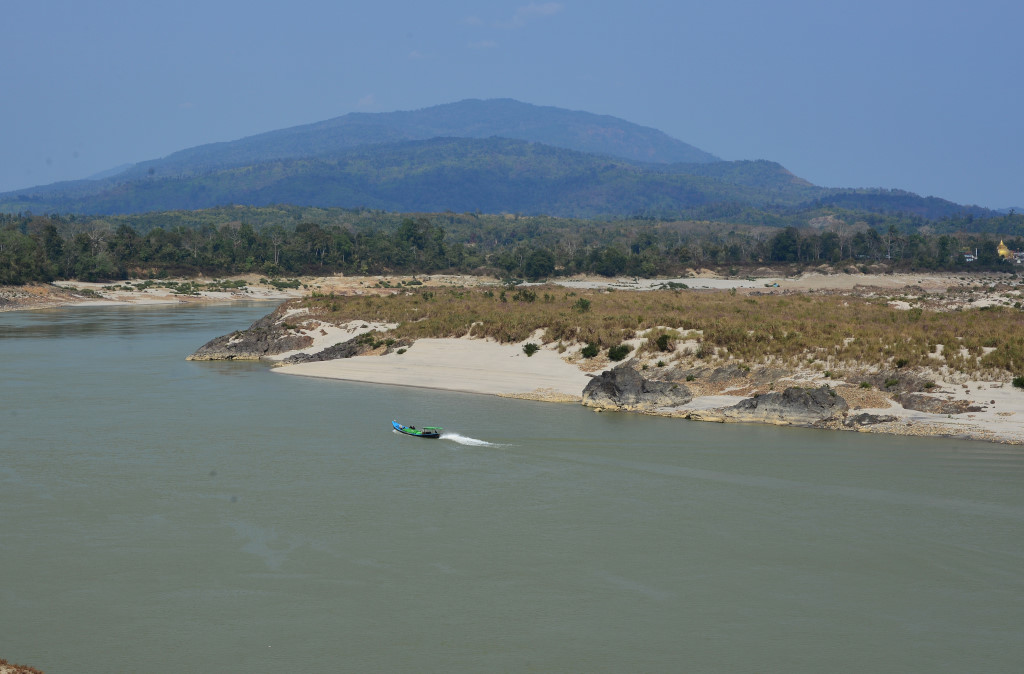
He is joined by friends who have little interest in following my English palaver, and of course, I don’t speak Burmese and am not about to. What’s more, he is probably somewhat exasperated by the simplistic views of his culture, given that they have been beset by generations of oppression and subjugation by the Burmese military junta, and are not particularly sympathetic to breezy ambivalent pragmatism.
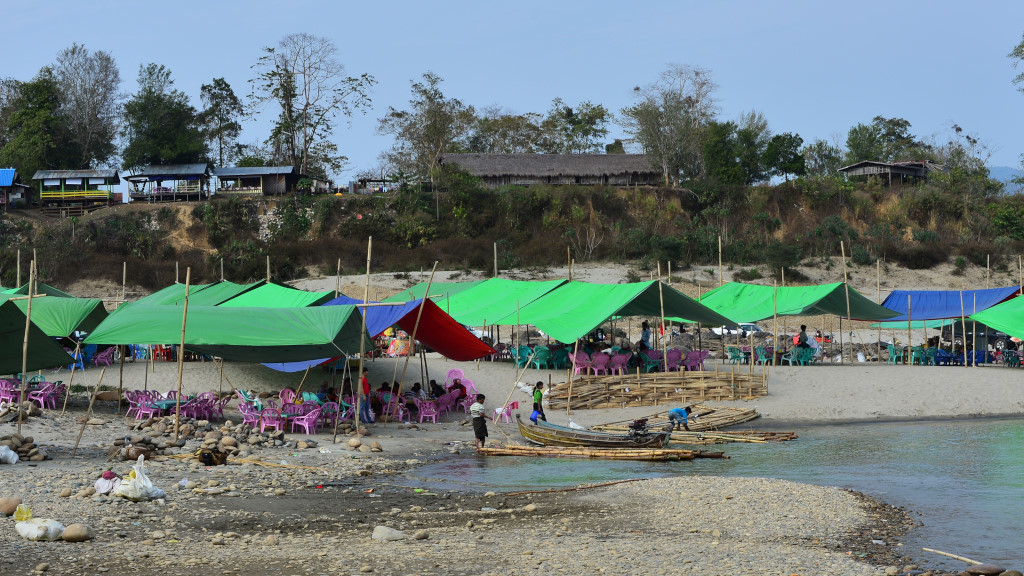
A young Sikh and his Nepali friend add themselves to the mix, the former listening in frustration as his friend and I have a long conversation about Myanmar, India, and the relations between the two. The Sikh is astonished as to how I know so much about the region, but maybe I just have too much time on my hands.
Currently studying English at the University of Myitkyina, he wants to study Electrical Engineering in Texas afterwards. One thing is for sure, it is highly unlikely he would be coming back this way once he completes his studies!

At the hotel, I shut on the main power for the air conditioning but it doesn’t respond to the remote, even once the power stabilizes. Exasperated at yet another problem with the room, I descend to the lobby, where everyone is already sleeping. Well, OK, that’s fine, except it’s only 10:30 pm, you’re charging me for an air conditioned room, and I am sure when it comes time to collecting the money you wouldn’t back off on the rate. Oh well …

